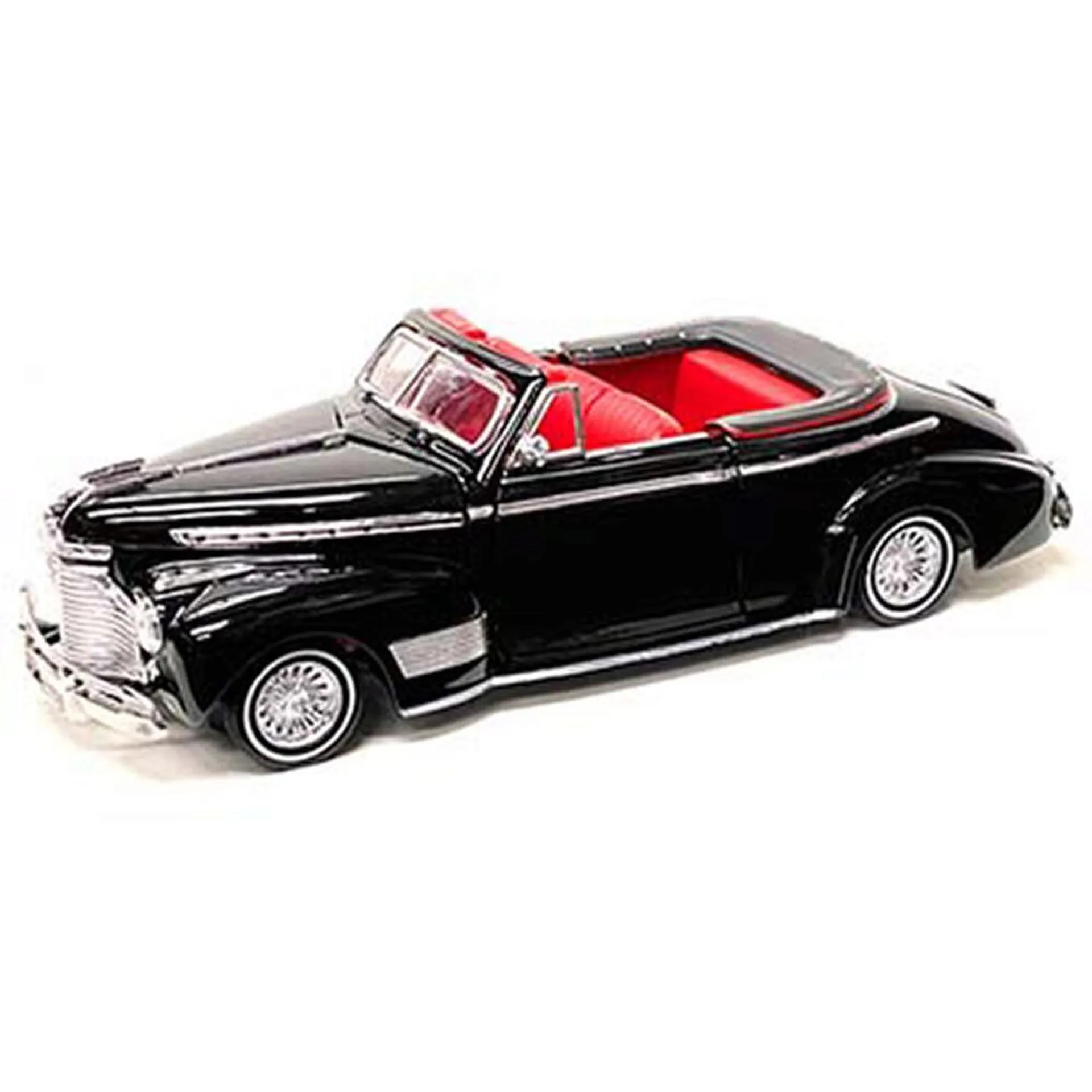What are Diecast Models
Diecast models are miniature replicas of vehicles, typically made from metal using a die-casting process. These models are highly detailed and sought after by collectors of all ages. Diecast models offer a tangible connection to automotive history, allowing enthusiasts to own and appreciate iconic vehicles in a compact form. The quality and accuracy of these models have increased significantly over the years, making them not just toys, but valuable collectibles. The appeal of diecast models comes from their authenticity, the variety of vehicles available, and the craftsmanship involved in their creation. Whether you’re a seasoned collector or a complete beginner, the world of diecast models offers a rewarding hobby.
Types of Diecast Models
Diecast models span a vast range of vehicle types, from classic cars and race cars to trucks, motorcycles, and even construction equipment. This diversity is a key factor in their popularity, as collectors can specialize in a particular type or build a diverse collection. The quality of the diecast models also varies, ranging from budget-friendly toys to highly detailed, premium models. These premium models often feature accurate interiors, opening doors, and other intricate details that make them highly desirable. The selection process of what to collect is one of the most challenging and interesting aspects of starting a diecast model collection. With countless options available, a collector can find models that are perfect to their interests.
Scale and Size in Diecast Models
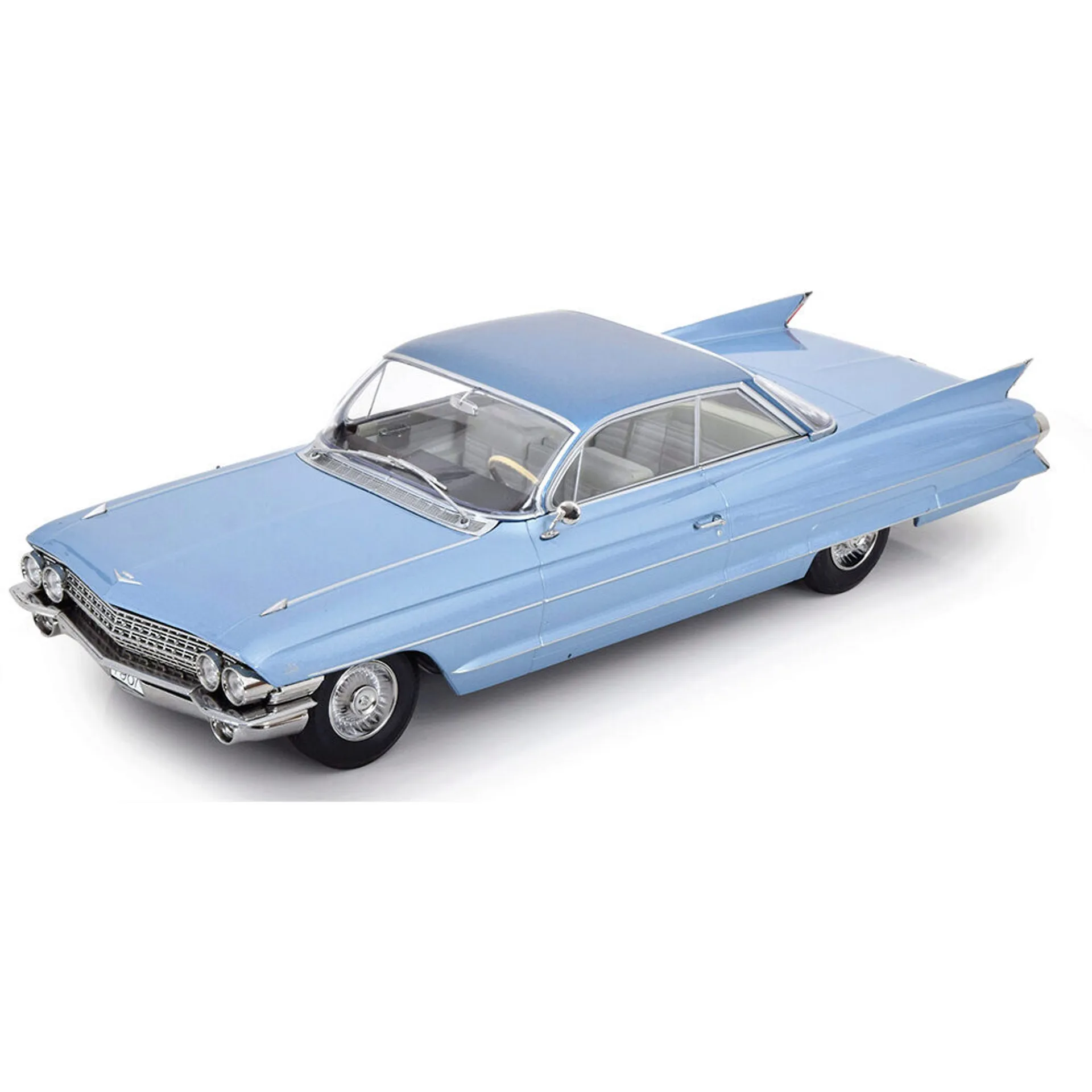
Diecast models come in various scales, with the scale representing the ratio between the model and the actual vehicle. Common scales include 1 18, 1 24, 1 43, and 1 64. Choosing a scale often depends on personal preference, display space, and the level of detail desired. Smaller scales, like 1 64, are more space-efficient, while larger scales, like 1 18, allow for greater detail and are often preferred by serious collectors. Understanding scales is essential when building a collection to ensure consistency and aesthetic appeal. Different scales will influence the level of detail, the cost, and the availability of models of specific vehicles.
Popular Diecast Model Scales
The most popular scale is 1:18 scale models because they offer a great balance between detail, size and price point. Other popular scales include 1:24, which is a good mid-range option, and 1:43, which is more compact and suitable for displaying many models. 1:64 scales, often referred to as ‘matchbox’ size, are also very popular due to their affordability and wide availability. Each scale offers a unique collecting experience, so it’s important to consider what suits your preferences and available space. Many collectors choose to specialize in a particular scale, while others mix and match scales to represent a diverse range of vehicles.
Different Diecast Model Types
The types of diecast models available are vast, which include cars, trucks, buses, motorcycles, airplanes and even military vehicles. Cars, particularly classic and sports cars, are the most popular. Trucks and commercial vehicles are also popular, appealing to collectors interested in transportation and engineering. Military vehicles are highly sought after by history enthusiasts. The diversity of types allows collectors to focus on their specific interests, whether it be a particular brand, era, or type of vehicle. The models range from very basic representations to highly detailed replicas, often with working features such as opening doors and steerable wheels.
Collecting Diecast Models What You Need
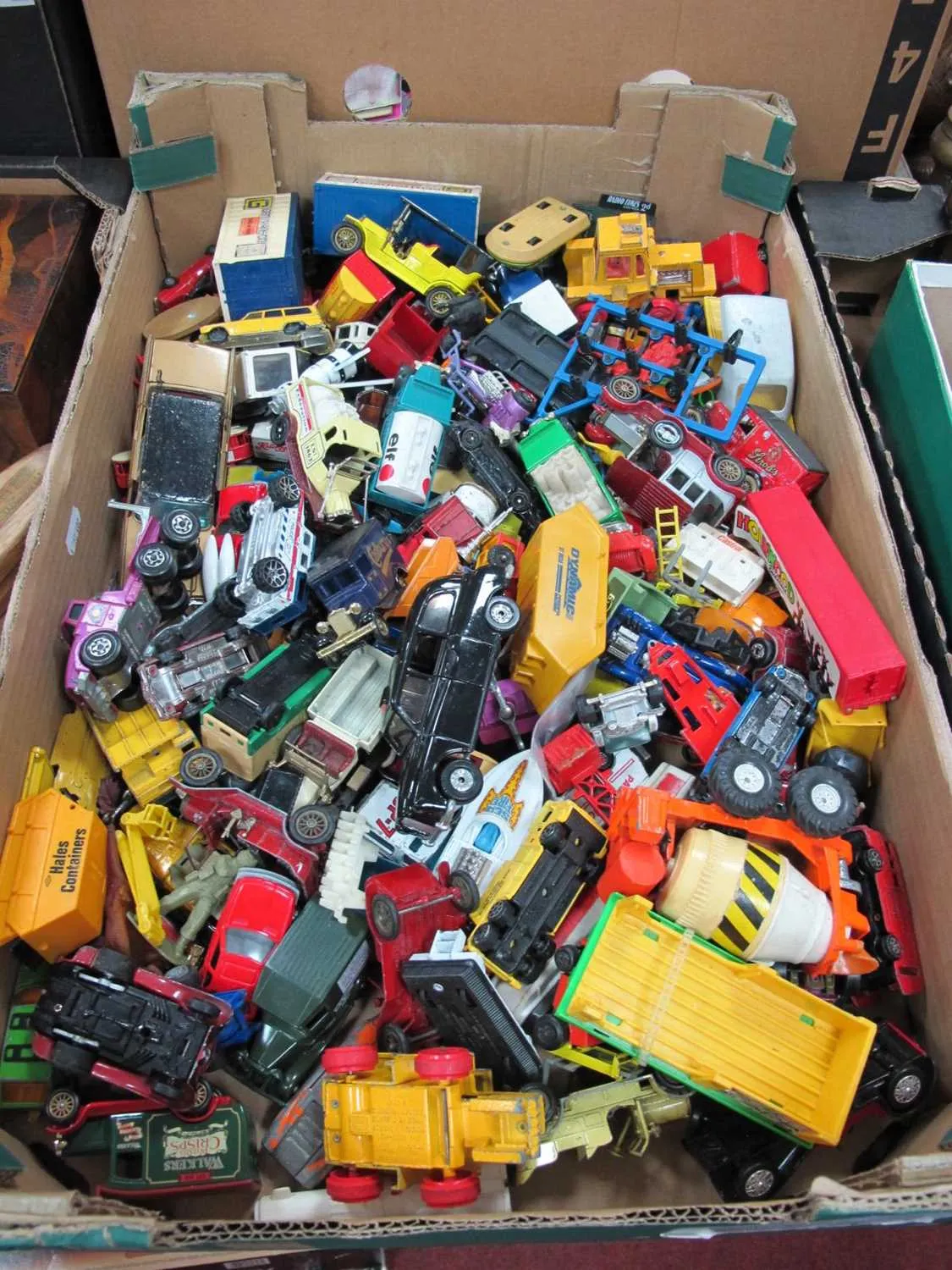
Starting a diecast model collection can be a rewarding hobby, but it requires some initial planning and resources. You’ll need to establish a budget, find reliable sources, and understand the criteria for evaluating models. Researching different brands, scales, and vehicle types will help you refine your collecting focus and ensure you build a collection that you genuinely enjoy. It’s also important to consider where you will display your models. Investing in display cases and proper storage will protect your collection and allow you to showcase your models in an organized manner. The joy of collecting comes from the entire experience, from searching for models, to owning them, to showcasing them.
Setting a Budget for Your Collection
Determine how much you’re willing to spend monthly or annually on models. Diecast models can range from a few dollars to hundreds of dollars, so setting a budget helps you manage your spending and avoid overspending. Consider the scale and quality of models you want to collect, as premium models typically cost more. Keep in mind shipping costs, storage solutions, and any accessories you may need. Sticking to a budget also prevents impulse buys and helps you build a well-curated collection over time. A clear budget allows you to enjoy your hobby without financial stress.
Finding Reliable Sources
Start with reputable online retailers, such as specialized diecast model stores or established online marketplaces. Check reviews and compare prices to ensure you get the best deals and quality. Local hobby shops and collectible stores are also excellent sources, as they often have a curated selection and knowledgeable staff who can offer advice. Attending model shows and swap meets provides opportunities to find rare models and connect with other collectors. Always verify the seller’s reputation before purchasing, especially on online platforms. Buying from reputable sources ensures you receive authentic models and a positive collecting experience. The joy of this hobby comes from building a trusted network of vendors.
Where to Buy Diecast Models
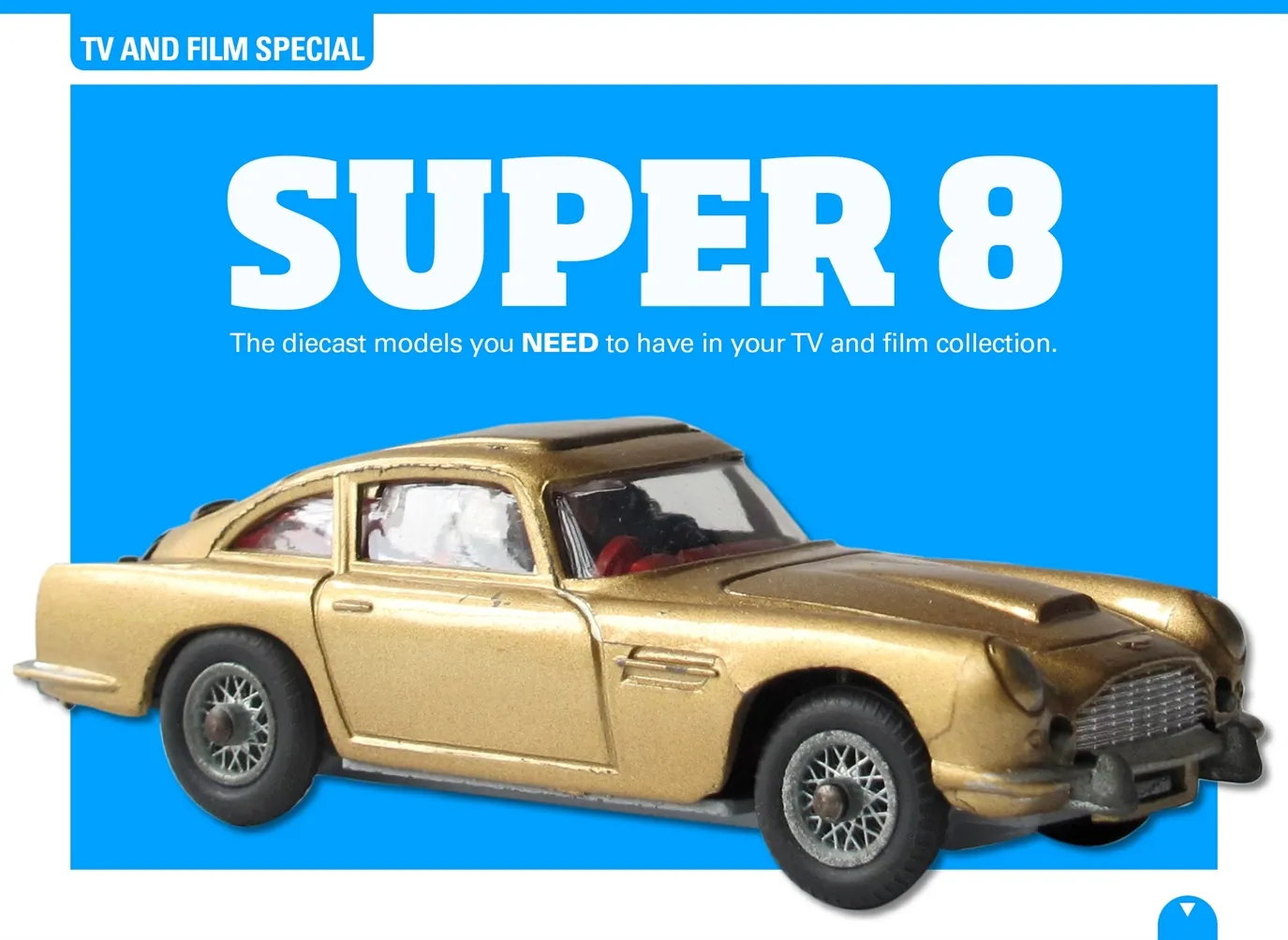
Online marketplaces, like eBay and specialized diecast model stores, offer a vast selection and competitive prices. Local hobby shops provide a chance to see models in person and get expert advice. Model shows and swap meets are ideal for finding rare models and connecting with fellow collectors. Consider the shipping costs, return policies, and seller reviews before making a purchase online. Before purchasing online, compare prices from different vendors and ensure the vendor has a good reputation. Physical stores offer the opportunity to inspect the models before buying, helping you avoid disappointment. The best approach combines both online and in-person shopping to create the optimal collecting experience.
Evaluating Diecast Models
Evaluating a diecast model involves assessing its detail, condition, and authenticity. Examine the model’s accuracy to the real vehicle, including details such as paint quality, interior features, and markings. Checking the model’s condition is crucial. Look for any signs of damage, such as scratches, dents, or missing parts. Ensure the model is from a reputable brand. Familiarize yourself with the common brands and their quality standards. By taking the time to carefully evaluate each model, you can ensure you’re adding high-quality pieces to your collection and avoid disappointment. The ability to differentiate between a good and a bad model will grow with experience.
Inspecting the Details
Pay close attention to the level of detail, including the interior, engine, and chassis. Check for realistic features, such as opening doors, hoods, and trunks. Inspect the paint job for any imperfections, such as bubbles, runs, or mismatched colors. Look at the wheels, tires, and suspension details to ensure they are accurate. High-quality models will have detailed dashboards, seats, and other interior features. Comparing the model to images of the actual vehicle will help you evaluate the accuracy of the details. Checking the fine details makes the model a more valuable addition to your collection. Detail is what separates a good diecast from a great diecast.
Checking the Condition
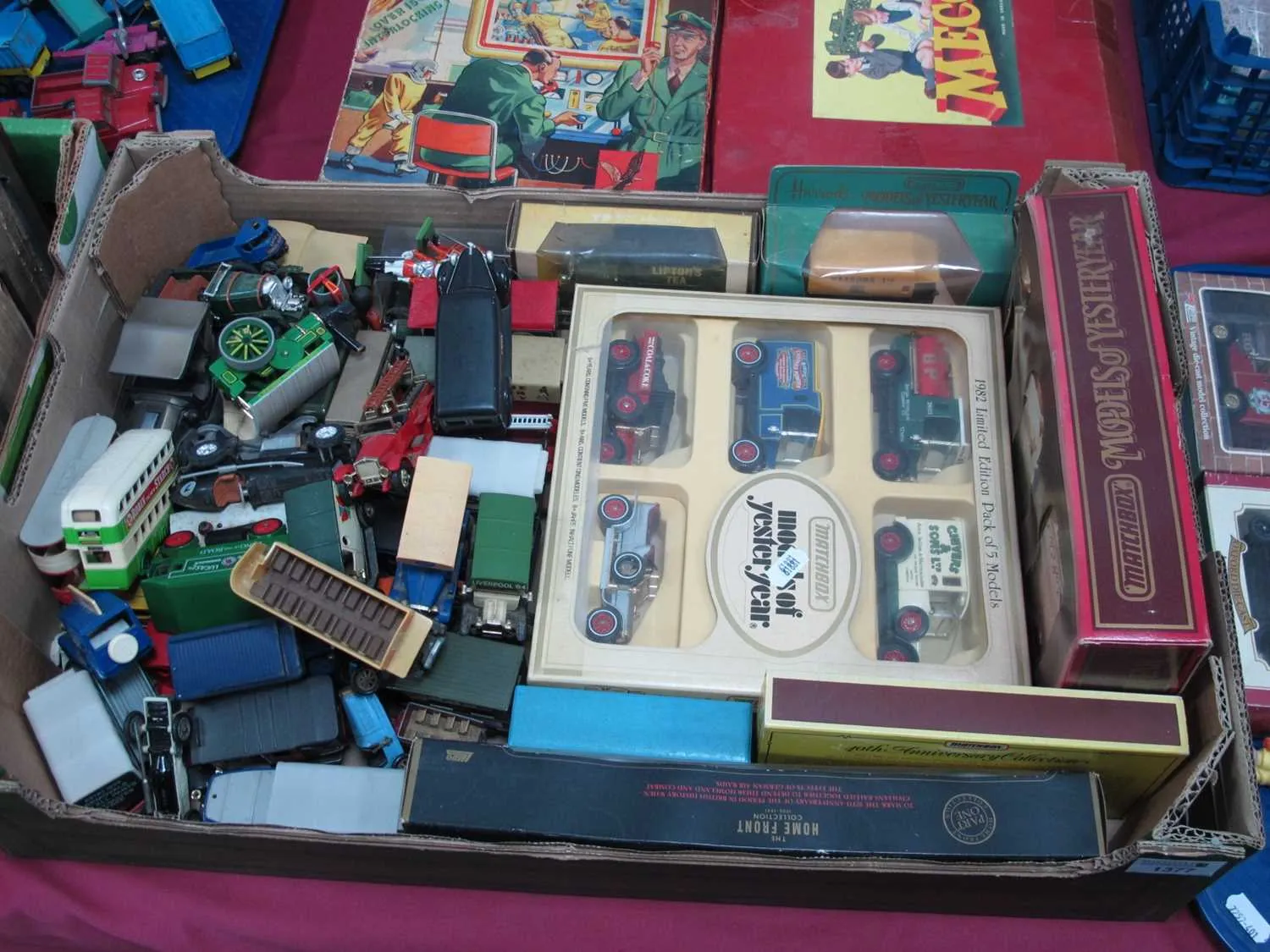
Carefully inspect the model for any signs of damage, such as scratches, dents, or missing parts. Examine the paint for chips or fading, as this can detract from the model’s appearance. Check the functionality of moving parts, such as doors and wheels. If the model is displayed in a box, check the box’s condition as well, as this can affect its value. A model’s condition is a key factor in determining its value and desirability. Prioritize models that are in excellent condition, as they will enhance the overall value of your collection. Proper storage can help preserve the value of your collection.
Displaying and Maintaining Diecast Models
Proper display and maintenance are essential for preserving and showcasing your diecast models. Investing in a display case protects them from dust, sunlight, and accidental damage. Regular cleaning will keep them looking their best. Consider the aesthetics of your display and the environment where the models are kept. Careful display can enhance the value of your collection. By taking the time to properly display and maintain your models, you’ll be able to enjoy them for years to come. The proper display and maintenance extend the life and beauty of your models.
Choosing a Display Case
Display cases provide protection from dust, UV light, and accidental damage. Choose a case that complements your models and displays your collection in an organized manner. Consider the size of your collection and the space you have available. Options include glass display cabinets, acrylic display cases, and wall-mounted shelves. Choose cases with appropriate lighting to highlight your models. Ensure the display case is made of materials that do not react with the diecast metal. Display cases not only protect but also enhance the aesthetic appeal of your collection.
Cleaning and Preservation
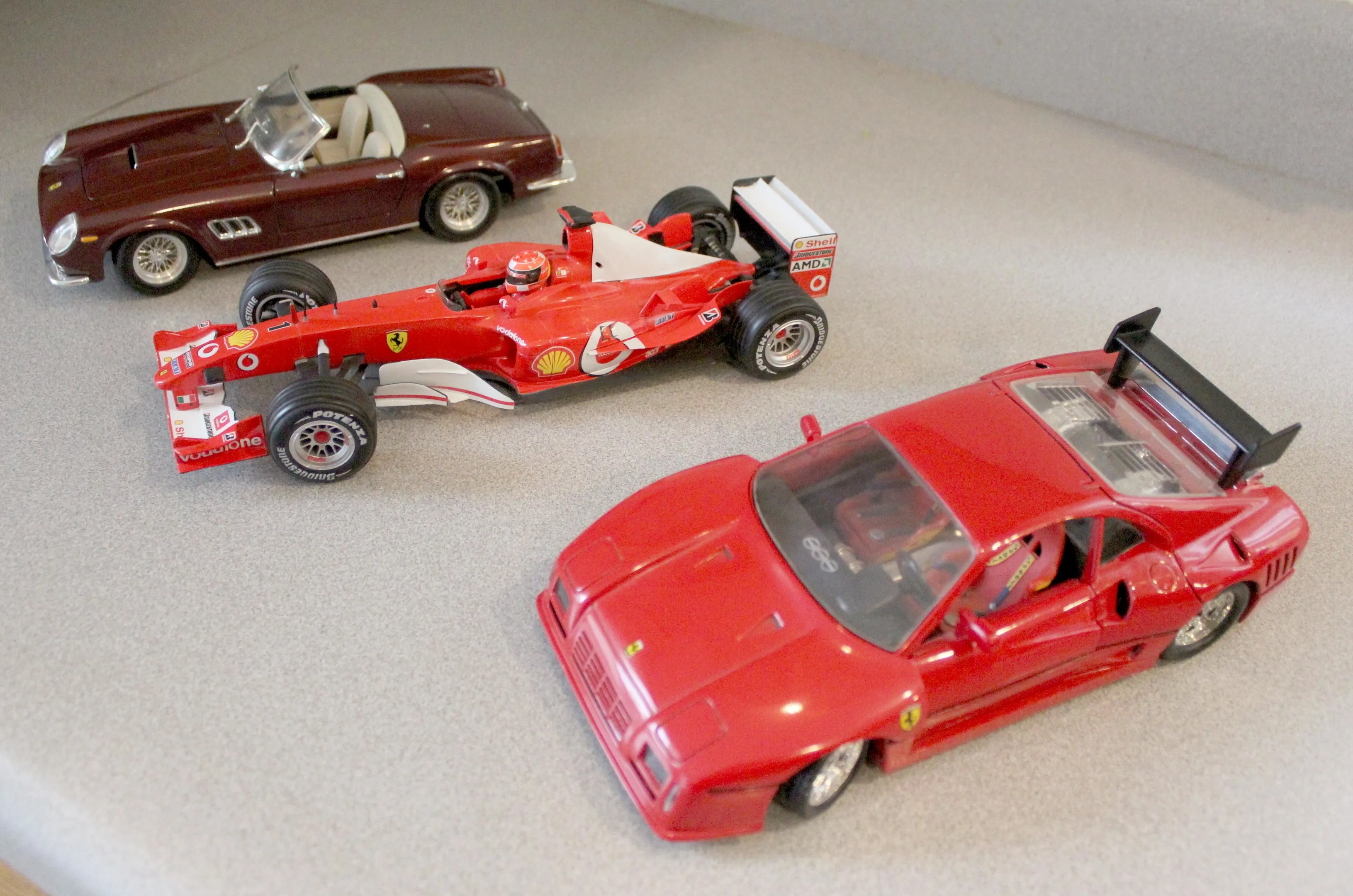
Regular cleaning removes dust and preserves the model’s appearance. Use a soft brush or cloth to gently wipe down the models, avoiding harsh chemicals or abrasive materials. Keep your models away from direct sunlight, as it can cause fading. Consider using a protective wax or polish specifically designed for diecast models. Proper storage and handling are essential to prevent damage and maintain the value of your models. Avoid touching the models directly, use gloves or handle them carefully. Clean and well-maintained models are more enjoyable and valuable.
Building Your Collection
Building a collection of diecast models is a journey that requires research, patience, and a passion for the hobby. Define your collecting focus. This could be specific car brands, vehicle types, or eras. Continuously research the value and availability of the models you’re interested in. Join collecting communities and attend model shows to learn from other collectors and expand your knowledge. As your collection grows, the process of buying, displaying, and maintaining the collection becomes more intuitive. The best collections evolve over time and reflect the collector’s tastes and preferences. Building a collection is an ongoing and deeply rewarding process.
Researching Models
Researching models is crucial for understanding their value, rarity, and historical significance. Use online resources, such as diecast model databases, auction websites, and collector forums to gather information. Learn about the different manufacturers, scales, and production runs of the models you’re interested in. Research the history of the vehicles and the impact they had on the automotive world. Develop your knowledge of the market. Understanding the market will help you make informed buying decisions. A well-researched collection is more rewarding and likely to increase in value over time.
Joining Collecting Communities
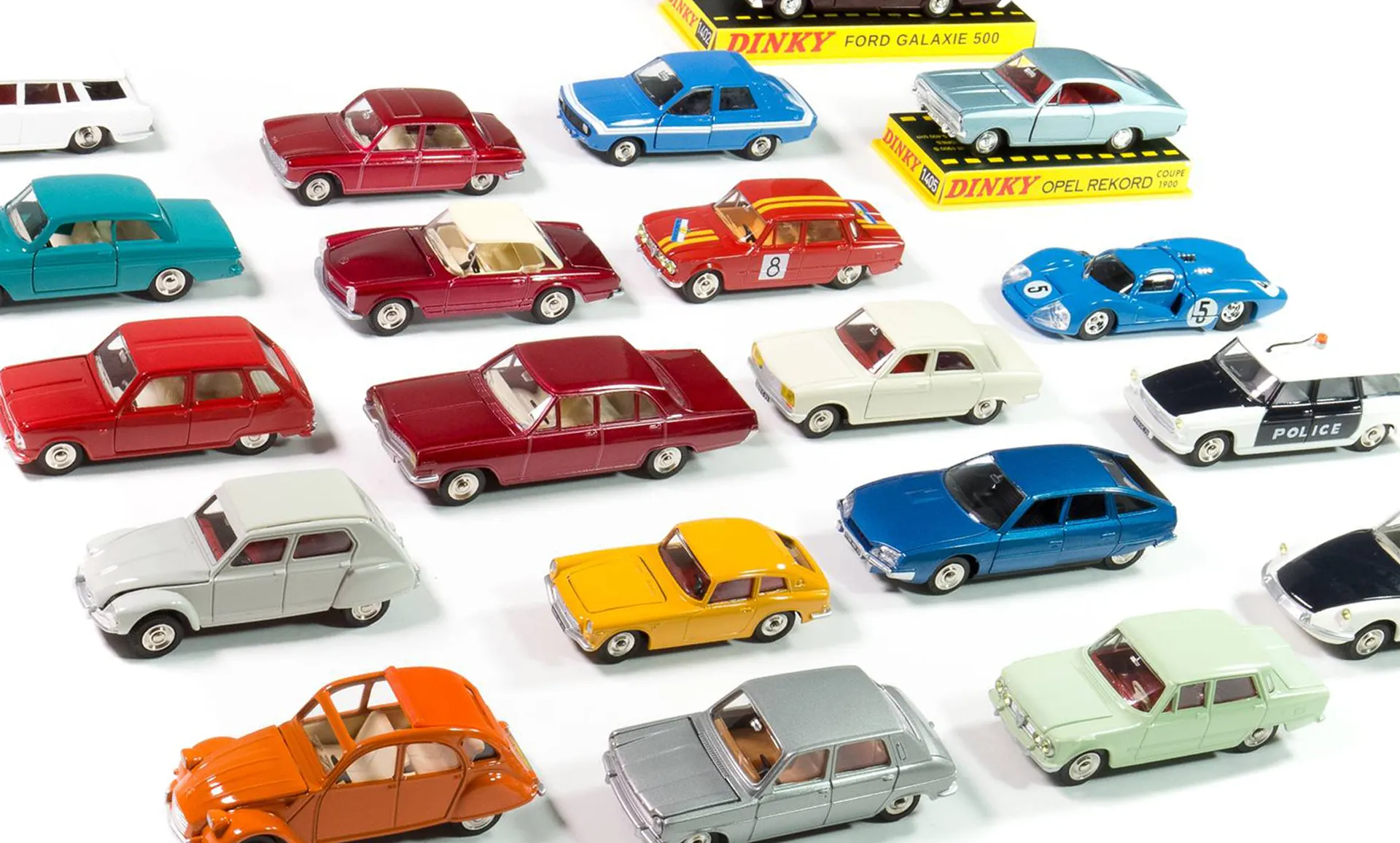
Joining collecting communities provides a valuable resource for learning, sharing, and expanding your network. Participate in online forums, social media groups, and local clubs. Attend model shows, swap meets, and other events to connect with fellow collectors. Exchange knowledge, insights, and tips with others who share your passion. Collecting communities provide a supportive environment for new collectors and offer a wealth of expertise. Participating in these communities will enhance your collecting experience. A strong community can make collecting a fun social experience.
Conclusion
Starting a diecast model collection is a fulfilling hobby that offers a blend of enjoyment, education, and investment potential. By understanding the basics, setting clear goals, and approaching the hobby with patience and diligence, you can build a collection that brings you years of pleasure. Remember to research, choose wisely, and most importantly, have fun. The world of diecast models offers something for everyone. Embrace the journey, connect with other enthusiasts, and enjoy the ride. Your collection will become a unique reflection of your interests and passions.
